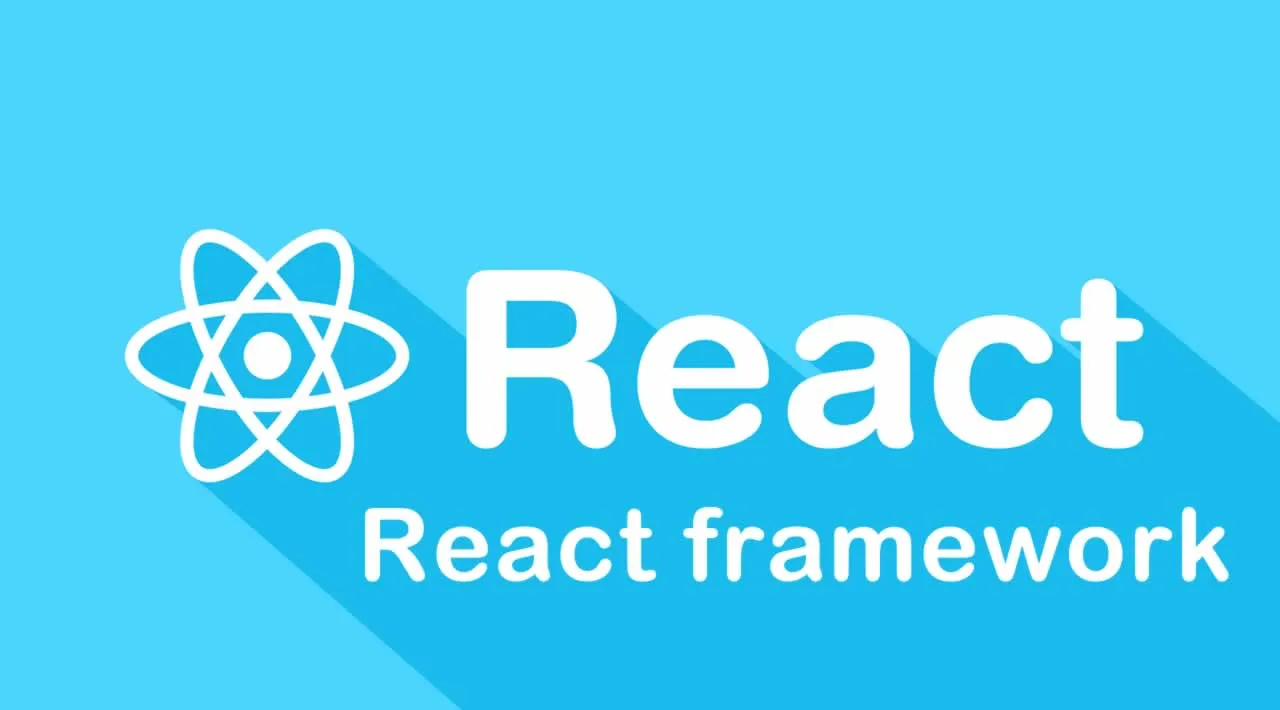It was 1999 and the Internet was all about the squeaks and scratches of a dial-up modem. Back then, the world wide web was simple. You visit a website, you’d get a page, you’d read it in full and learnt something new. On the other hand, software was something that came on a disk and had to be installed on your computer.
Fast forward to today, and the concept of locally installed software is diminishing by the day. In its place, are rich desktop- like applications that run in a web browser such as Chrome. Who would’ve thought, the document flavoured internet of yesteryears would become a rich and interactive playground that is nothing short of a stellar experience? But here we are, with all our files, presentations, documents and virtually every facet of personal and professional lives sitting high up in the cloud, available everywhere, anywhere and anytime. There are even photoshop clones and 3D CAD applications that work in your web browser.
The dream of building desktop class applications that do not need to be installed, isn’t new. In fact, this takes us back once again, to 1999 and a one-bedroom apartment atop Telegraph Hill in San Francisco where Marc Benioff and his colleagues created Salesforce, a CRM application that broke the mould and became the first ever Software-as-a-Service.
Today, almost everything can be done from the comfort of a web browser, thanks to rapid advancements in browsers and the way they work with HTML5, CSS3 and JavaScript - the holy trinity that defines our web. Instead of writing the server rendered applications of yesteryears, today we have single page applications (SPAs) that are delivered to your browser where they live and run, offering the user a brilliant experience. But, just how do you build these comprehensive applications?
#react #react framework #javascript
